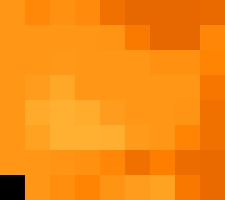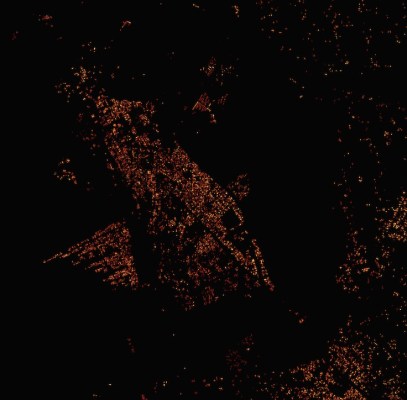Facebook wants to get everybody online, whether that’s through regular networks or high-flying drones. But to do that, it has to know where people actually are. The best population maps available today aren’t precise enough for Facebook’s needs. So instead of waiting for somebody else to build a better map for it, Facebook decided to take high-res satellite images and use machine learning to map every house in these photos.
Facebook’s Jay Parikh, its global head of engineering and infrastructure, and Yael Maguire, the director and head of Facebook’s Connectivity Lab, walked a small group of journalists through the rationale and process for creating these maps.
 “Our goal is to figure out how we can develop technologies and understanding how we can connect every person on the planet,” Maguire said. Currently, the best source of population data is a map from Columbia University, but it’s not detailed enough because it only offers a 1km resolution. “If we want to think about the best technology to connect people — especially outside of the cities, this is a very misleading piece of information.”
“Our goal is to figure out how we can develop technologies and understanding how we can connect every person on the planet,” Maguire said. Currently, the best source of population data is a map from Columbia University, but it’s not detailed enough because it only offers a 1km resolution. “If we want to think about the best technology to connect people — especially outside of the cities, this is a very misleading piece of information.”
About a year ago, Facebook’s Connectivity Lab teamed up with the company’s AI group and data science team.
For this first run, Facebook looked at imagery from 20 countries that covers a total of 21.6 million square kilometers. In total, Facebook’s AI team crunched 14.6 billion images. To find evidence of human settlement in the images, the team used standard machine learning techniques. It trained the algorithm to figure out which images contain evidence of human settlement by giving it a large training set and then letting it do its thing, using a few thousand machines in Facebook’s data centers.
The result of this work is the most detailed map of human settlement currently available for these countries.
“This data set is something we are very excited about,” Maguire said. “We are interested in getting feedback from the global community on how it can be used for connectivity analysis.”
Facebook already partnered with Columbia University to figure out how to make this data available to others and even though Facebook is mostly focusing on connectivity right now, there are probably plenty of other use cases for this data, as well.
